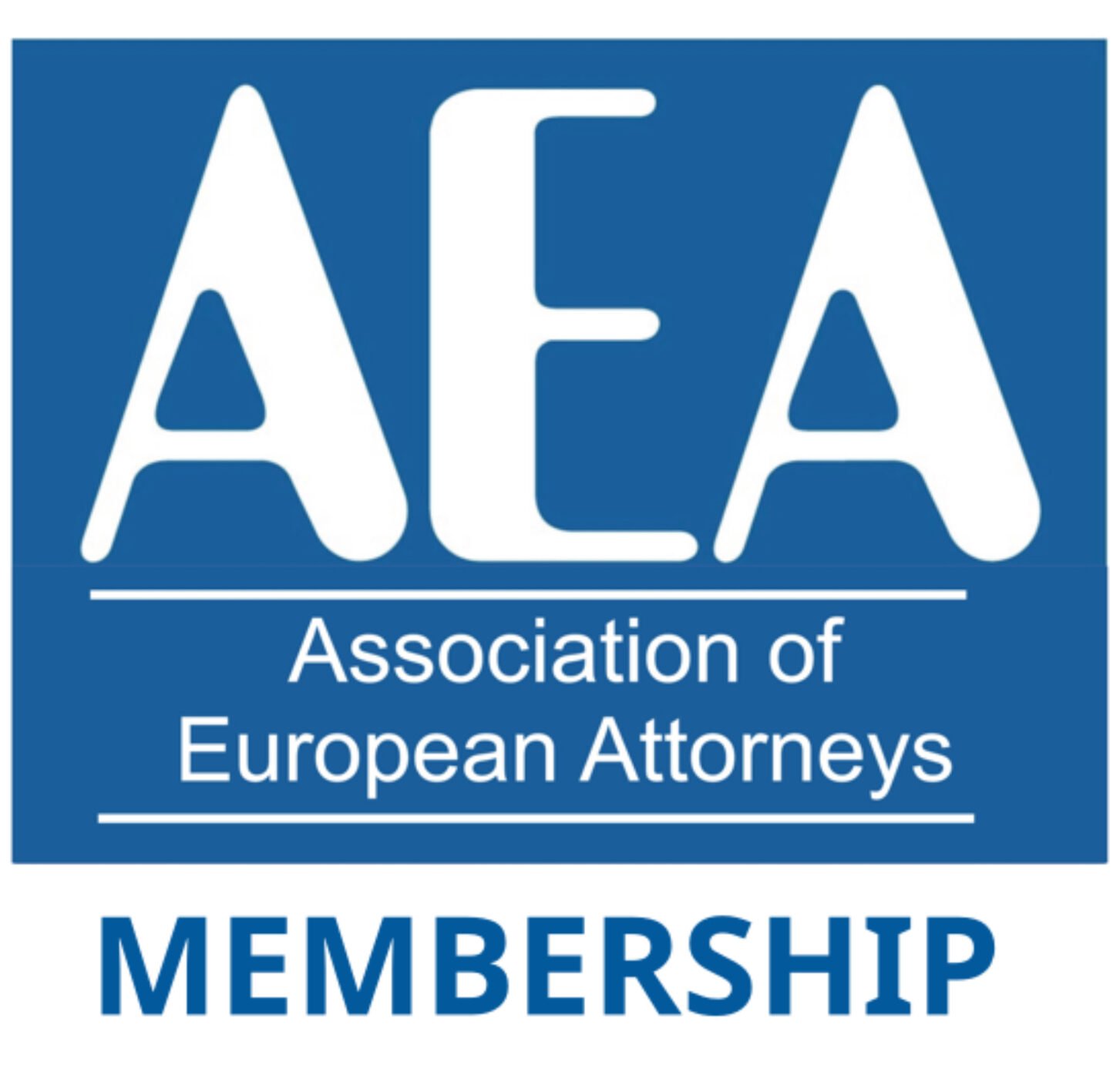The Law Society has issued a practice note in order to aid law firms meet the needs of vulnerable clients.
The guidance aims to help law firms identify vulnerable clients, communicate with them more effectively and therefore help them achieve the best possible legal outcome for their situation.
Vulnerability indicators
Risk factors may be short or long-term, and can fluctuate over time depending on the circumstances. The following are offered as examples of risk factors and are not an exhaustive list:
- advanced age, children and young people
- physical disabilities or ill-health
- cognitive impairment
- loss of mental capacity to make relevant decisions
- mental health problems
- learning disabilities
- sensory impairment
- dementia
- acquired brain injury caused for example by a stroke or head injury
- severe facial or other disfigurement
- difficulty in accessing and/or understanding complex information, for example, because of psychological or emotional factors such as stress or bereavement
- communication difficulties, including no or limited speech, English as a foreign language, limited ability to read or write and illiteracy
- experience of domestic violence or sexual abuse
- heavy reliance on others (family or friends) for necessary care, support or accommodation
- long-term alcohol or drug abuse
- exposure to financial abuse
Some people may be affected by more than one risk factor – for example, many people with a learning disability have hearing and/or visual problems that can affect their communication and understanding.
Any one or more of these risk factors may mean that your client is vulnerable and may require your assistance to express their wishes, understand relevant advice and provide you with instructions, or that they may lack capacity to make relevant decisions and to give your instructions.
In order to find out what the Law Society deems “vulnerable”, please visit Family Law Week website and read the full article.
To read the full practice note please visit the Law Society advice section on “Meeting the needs of vulnerable clients“.











